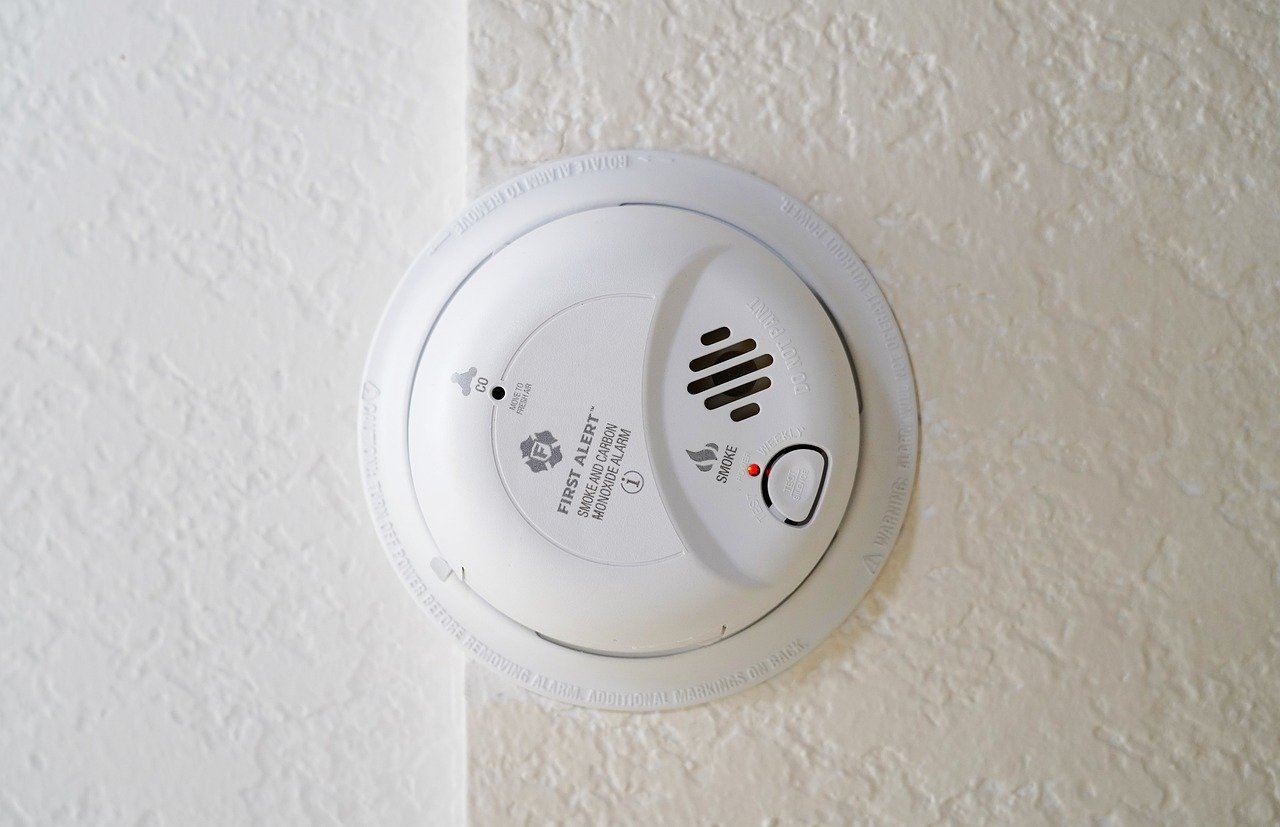How Often Should You Change Your Smoke and Carbon Monoxide Detectors?
Smoke and carbon monoxide detectors are devices that everyone should prioritize in their home because they have the potential to save lives. Smoke detectors are small, typically battery-powered devices that detect smoke from a potential house fire and sound an alarm to alert anyone in the home so they can quickly get outside. Carbon monoxide detectors are also usually small and powered by batteries, but their function is to detect when the levels of carbon monoxide (CO)—an invisible gas that is poisonous at high concentrations—are too high in your home. Oftentimes, a smoke detector and carbon monoxide detector are contained in the same device.
Detectors can be an easy thing to “set and forget.” But are your detectors working at optimal performance? Do you know when they should be replaced, where they are located, and how to test and inspect them? If not, this post will tell you how to make detector maintenance a breeze!
Why Is It Important to Have Smoke and Carbon Monoxide Detectors in Your Home?
No matter how careful you are in your day-to-day life, everyday occurrences can turn into emergencies in the blink of an eye. House fires can spread within minutes, and it’s crucial to escape as soon as physically possible to ensure everyone can make it out safely. A functioning smoke detector will detect fire early and sound a loud alarm so you can evacuate safely, even if you’re asleep or far away from the source of the fire.
Carbon monoxide is produced by furnaces or fireplaces that are not installed correctly or are improperly ventilated and poorly maintained. The problem with this gas is that it is colourless and odourless, so it is difficult to detect with your senses. This is where a carbon monoxide detector comes in handy; the device contains a compartment that can not only detect CO in your home but also measure the concentration. The sensor will sound off when the levels of CO are too high, so you know when to call 9-1-1.
What is the Optimal Placement for Your Detectors?
When installing both smoke detectors and carbon monoxide detectors, placement can be the difference between whether they’re effective or not. It’s recommended to have a smoke detector and a carbon monoxide detector on every level of your home, including the basement. Make sure your smoke alarms are in or near the hallways leading to any main rooms, such as bedrooms or dens, as well as at the bottom of any staircase that leads to the upper floors. With carbon monoxide detectors, you should ideally place them in unobstructed areas near sources of CO, such as fireplaces or the furnace.
How Often Should You Test Your Detectors?
Ideally, you should be testing all of your smoke and carbon dioxide detectors once a month. Frequent testing will help you know your alarm will sound in case of an emergency. Not sure how to test your devices? Never fear! Your local master electricians know exactly how to test out detectors and even offer an electrical package to ensure your devices get checked, cleaned, and maintained regularly.
When Should You Replace Your Detectors?
Both smoke and carbon monoxide detectors need to be replaced every ten years. This is because the devices have expiration dates and will lose function as they accumulate dust and debris from regular use. Even with regular maintenance like cleaning and testing, meeting this 10-year deadline is important to ensure your home is protected at all times.
Looking for Carbon Monoxide and Smoke Detectors in St Albert? Look No Further Than Our Plan!
Although taking care of your detectors can feel like a hassle, it is crucial to check your devices and replace them within the correct time frame to maximize safety in your home. Luckily, MMi Electrical is happy to offer a comprehensive Safety and Savings Plan, which includes cleaning and maintenance of our clients’ smoke and carbon monoxide detectors in St Albert. Contact us today to get started with a no-hassle, peace of mind home maintenance package.

